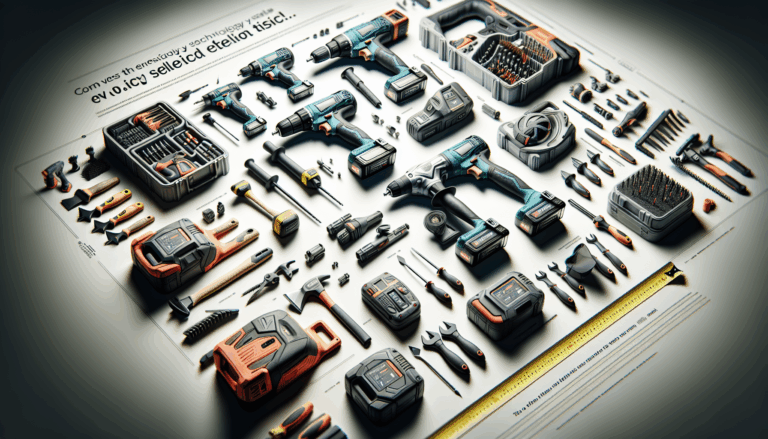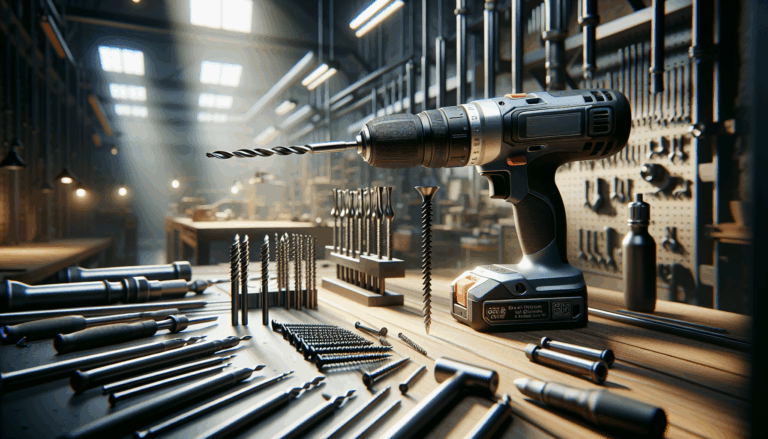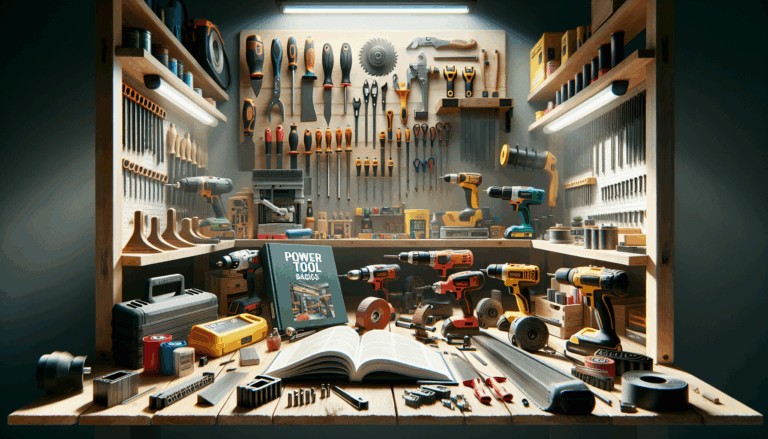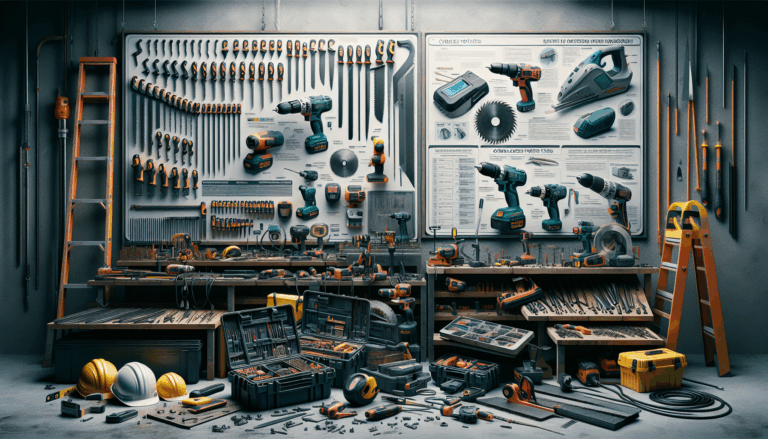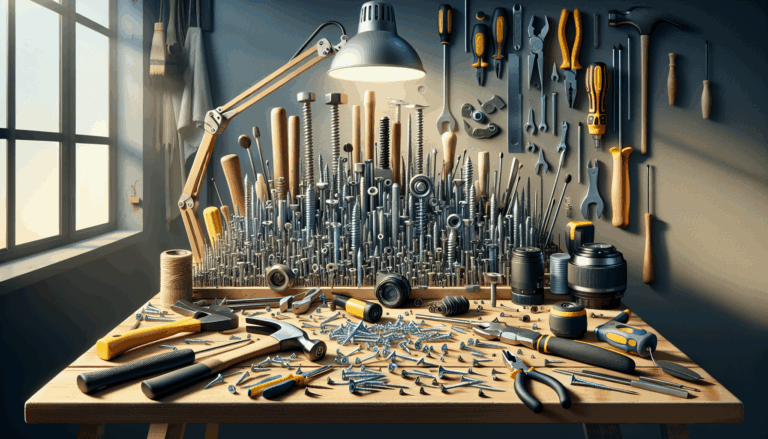Power Tool Usage & Projects part 3
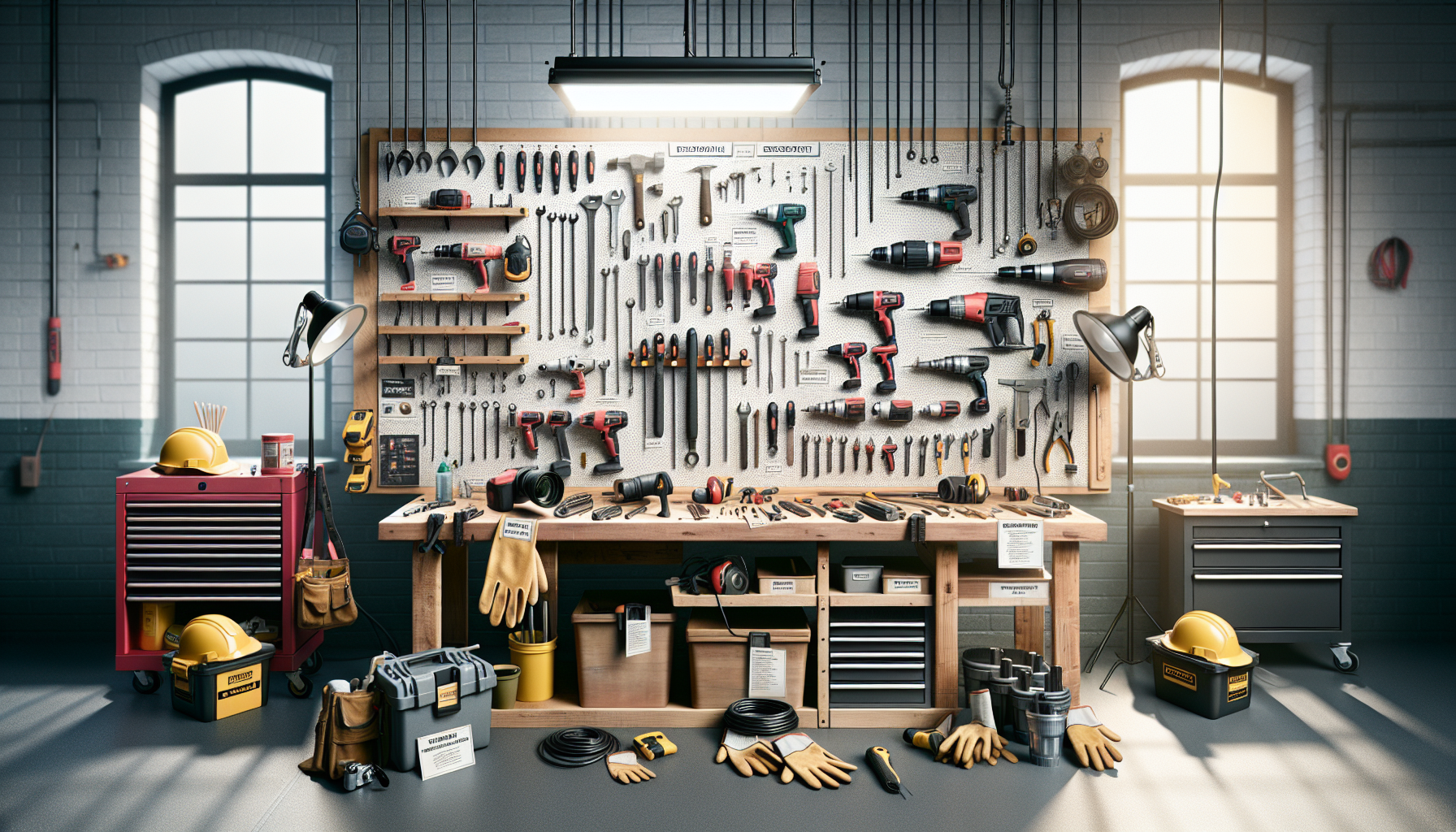
Understanding the Basics of Power Tools: A Beginner’s Guide
Power tools are indispensable in both DIY projects and professional construction, offering unmatched efficiency and precision. For newcomers, understanding the types, selection process, and intrinsic science behind components like batteries and blades can significantly improve safety and outcomes.
Types of Power Tools
Power tools primarily fall into two main categories: corded and cordless. Corded tools, such as traditional drills and circular saws, provide continuous power through an electrical outlet, making them suitable for intensive or extended work sessions. Conversely, cordless tools operate on rechargeable batteries, providing portability and flexibility — perfect for tasks where access to power may be limited. Common power tools include drills, saws (circular, jigsaws, reciprocating), sanders, and impact drivers, each tailored for specific applications.
Choosing the Right Power Tool
Selecting an appropriate power tool hinges on project needs. Factors to consider include power output, operational speed, weight, and ergonomics. For example, a cordless drill with adjustable torque settings is ideal for assembling furniture, while a circular saw excels at cutting large lumber pieces. Additionally, assess how frequently you’ll use the tool and whether portability is a priority; outdoor tasks benefit from lightweight, battery-powered options, whereas rugged construction jobs may require robust corded models with higher power ratings.
Scientific Insights into Power Tool Batteries
The evolution of lithium-ion batteries has revolutionized cordless power tools. These batteries feature high energy density, longer operating times, and quicker charging, surpassing older nickel-cadmium (NiCd) technologies. Lithium-ion cells operate by moving lithium ions between the cathode and anode during charge and discharge cycles, unlocking efficient energy storage. For optimal battery performance, avoid exposing batteries to extreme temperatures and do not completely drain them before recharging, thereby extending battery lifespan and maintaining high performance levels (source).
Understanding Power Tool Blades
Blade choice critically influences cutting performance. Blades differ in material—high-speed steel, carbide-tipped, or diamond-coated—each suited for specific materials like wood, steel, or masonry. The tooth count and shape also affect cut speed and finish; fewer teeth generally mean faster, rougher cuts, while a higher tooth count produces smoother results. Proper maintenance, including regular sharpening and correct installation, ensures safety and cutting accuracy (source).
Maintaining Your Power Tools: Safety and Longevity Tips
Proper maintenance not only prolongs your tools’ lifespan but also guarantees safety during operation.
Preventing Tool Overheating
Overheating can damage components and reduce efficiency. Avoid prolonged use without breaks and ensure adequate ventilation during operation. Use the correct power source or battery for your tool. If overheating occurs, turn off the tool and allow it to cool before resuming work (source).
Safe Repair Practices
Always disconnect power before repairing. For corded tools, unplug; for cordless, remove the battery. Use correct replacement parts and consult the manual or a professional for complex repairs. Avoid makeshift fixes, which could be dangerous (source).
Extending Battery Life
Charge lithium-ion batteries fully before use and avoid complete discharges. Store batteries in cool, dry places, and clean contacts regularly. Respect manufacturer guidelines for charging cycles, as they help maintain battery health (source).
Avoiding Safety Mistakes
Always wear personal protective equipment—eye protection, gloves, hearing guards. Keep your workspace tidy and well-lit. Never bypass safety features, keep tools out of children’s reach, and regularly inspect for wear or damage. Promptly replace worn parts to prevent accidents (source).
Practical Advice for Using Power Tools in DIY Projects
Achieving precision in your DIY endeavors begins with selecting the right tool for each task. Clearly define the project scope to determine which tools and accessories will yield the best results, such as choosing a drill with suitable bits or a saw blade suited to the material.
Secure workpieces with clamps and mark lines accurately to ensure neat cuts or drills. Use guides or jigs for repeated or precise cuts. Maintain a steady hand during operation and avoid forcing the tool to prevent inaccuracies or damage, while always keeping safety equipment like goggles and masks on.
Keep accessories well-maintained: clean, sharpen, and replace them as needed. Regularly check your tools for wear and perform routine maintenance to uphold consistency and safety during projects (source).
Power Tool Batteries
Battery technology is vital for cordless tools. Lithium-ion batteries dominate the market owing to their high energy density, lightweight nature, and longer runtime. They operate via lithium ions moving between electrodes, enabling efficient energy transfer.
Proper maintenance involves avoiding overcharging, storing batteries in cool, dry areas, and replacing them when their capacity diminishes. Compatibility is key; selecting batteries designed for your tool’s brand and model ensures safety and optimal performance. Some brands offer cross-compatibility within their platform, but check compatibility before mixing brands to avoid damage (source).
Power Tool Accessories
An array of accessories enhances the versatility of your power tools. Blade selection—such as carbide-tipped for tough cuts or high-speed steel for softer materials—directly impacts productivity and quality. Shears, chisels, and attachment-specific bits expand functionality for diverse tasks. Chargers compatible with your battery chemistry are essential for maintaining power readiness.
Using the right accessory not only improves efficiency but also extends tool lifespan and safety. Regularly inspect, clean, and replace accessories to maintain peak performance (source).
Power Tool Brands
Top brands like DeWalt, Makita, Milwaukee, and Bosch each bring unique strengths. DeWalt offers durable, professional-grade tools with a broad 20V MAX ecosystem, simplifying battery management (source). Milwaukee is celebrated for its POWERSTATE brushless motors and REDLITHIUM batteries that extend runtime (source). Makita emphasizes advanced brushless technology and fast charging, ideal for both pros and DIYers (source). Bosch combines innovation with affordability, offering flexible systems that allow some battery interchangeability (source).
Many brands develop proprietary batteries, reducing cross-compatibility; however, adapters can sometimes bridge brands, albeit with potential compromises. Industry trends point towards brushless motors, Bluetooth connectivity, and smarter batteries, advancing overall performance and user experience (source).
Troubleshooting, Repairing, Cleaning, and Maintaining Your Power Tools
Regular troubleshooting and maintenance keep your tools safe and effective. Common issues like motor failure, overheating, or unusual noises often derive from simple causes—dirty vents, worn brushes, or damaged cords. Begin by inspecting power sources, cleaning dust buildup with compressed air, and replacing worn parts.
For repairs, disconnect power first. Replace brushes, blades, or belts according to manual specifications. For electronic issues beyond basic fixes, consult professional repair services or authorized technicians.
Routine cleaning and proper storage prevent rust and debris accumulation. Lubricate moving parts gently and check for loose screws or damage. Scheduling inspections helps catch small issues early, saving repair costs and extending lifespan. Master these practices to ensure your power tools always perform at their best (source).
Creative DIY Projects Using Power Tools: Tips, Ideas, and Materials
Transform raw materials into personalized creations through engaging DIY projects. For beginners, simple projects like rustic shelving or picture frames help build confidence, while more advanced endeavors can explore furniture building or intricate decorations.
For instance, crafting a wooden shelf involves cutting, sanding, and assembling with a circular saw, drill, and sander. Personalizing picture frames using miter saws and routers adds decorative flair. Outdoor planters and tool organizers are practical projects that utilize a range of power tools, from jigsaws to impact drivers.
Adopt safety gear, measure accurately, and practice on scrap wood before tackling your project. Advanced enthusiasts can experiment with decorative joinery, custom finishes, and integrated jigs for higher precision. These activities not only develop skills but also result in functional, aesthetic items to enhance your space (source).
Additional Resources
For further mastery, explore our comprehensive power tool guides, quizzes, and FAQs. These resources are designed to boost your understanding, whether you’re just starting out or refining your skills, covering everything from tool selection to safety and advanced techniques.


